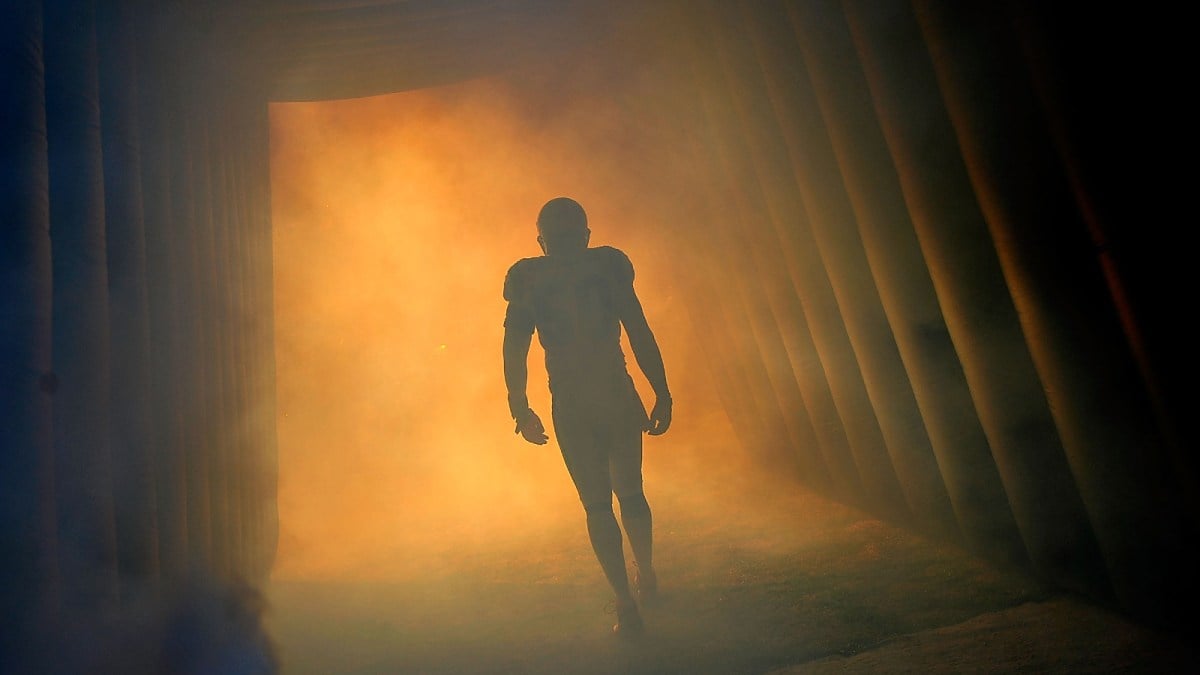Though the term might imply otherwise, dead money is something very much alive and kicking on every NFL team’s accounting books.
As with most things involving salary caps and sports ledgers, it’s quite complex and not the easiest thing in the world to figure out. Teams have experts in their front offices who specialize in dead money even, along with their general managers and a cadre of folks (and accountants and lawyers) who figure out how to manipulate and game the system to their advantage any way they can.
If you’re a fan of the NFL and tune into games on Sunday, you’ve probably heard several references to teams using dead money over the past decade in order to free salary cap space. The salary cap is overly complicated and managing the cap is one of the ways teams can get a leg up on the rest of the league if they know how to expertly maneuver.
When is a contract not a contract?
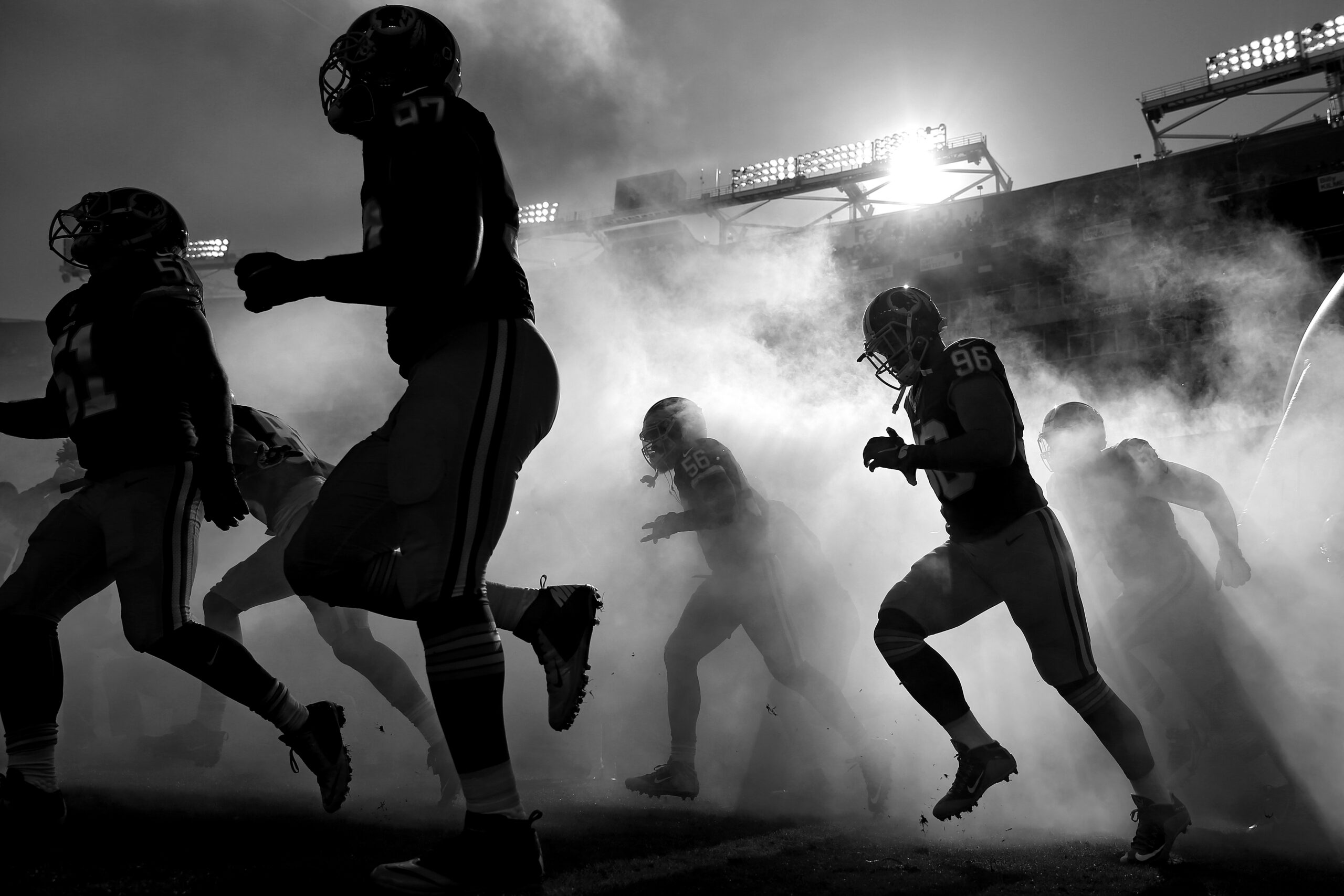
Because a contract in the NFL is rarely ever a straightforward contract as it’s presented, dead money isn’t so easy to understand, as there are many other things to figure out. For instance, when a player signs a contract, you hear or read about it being announced as a certain amount of money over a period of years — for instance, Aaron Rodgers’ new deal this offseason was for three years, $150.815 million. This new contract lowered the cap figure of Rodgers on the Packers’ books, even though he will now make more money.
Rodgers’ old contract was set up in a way that his cap hit kept inflating because it saved the Packers money in the start of the contract, but was rising to a point that hurt their standing against the salary cap, and ability to sign or resign players. So, for both sides — the Packers get a better cap hit, Rodgers gets more money — they worked out a new deal, that, yes, somehow has Rodgers earning more, but costing the Packers (on paper) less.
For those not immersed in capgeekery 4or complex math, it kinda doesn’t make sense, so we’ll slowly peel through the onion here until we arrive at a more digestible answer to this, and dead money in general.
Not at face value
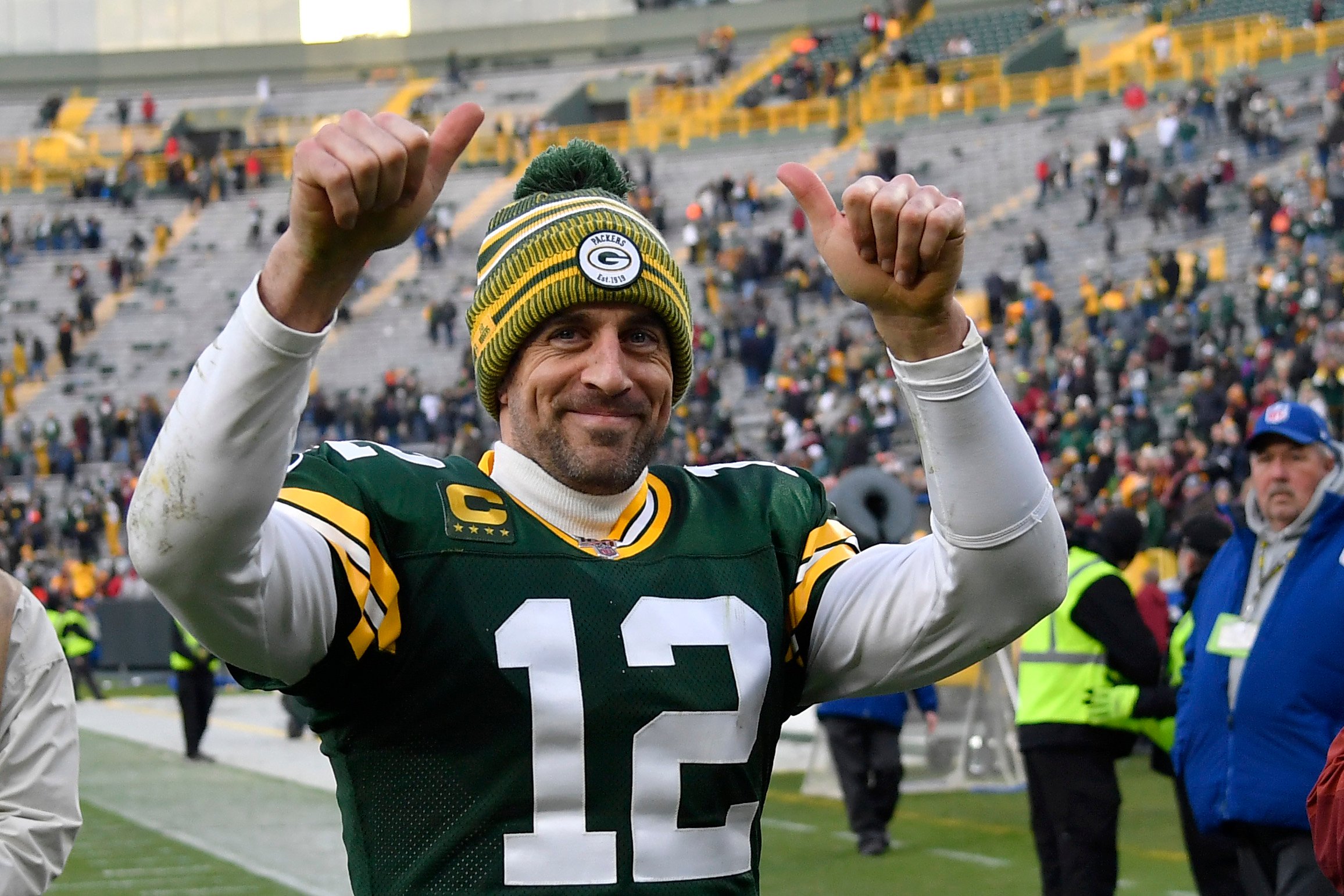
That number, those years, and that announcement is just for the press release, the media, the fans, and let’s be honest, the player’s ego. That is often not the actual contract, as NFL contracts are almost always not fully guaranteed, meaning a contract could be announced as one thing, but only have some of the money guaranteed and paid upfront, as we’ll see below.
Then, some of the money is slotted as a signing bonus, with other bonuses and incentives added in as well, and not all of it is paid, or for bookkeeping sake, paid out on paper as it is in reality. In reality, that makes the contract a best-case scenario, or if everything plays out to the end with both sides happy and not wanting more money (player), a renegotiation (team), or to simply part ways (disagreements, unhappiness with the team or teammates or ownership or their contract, underperformance, etc).
Very often, contracts are renegotiated before they expire, or players are even released while still on a current contract because either the guaranteed portion of it has run its course or the player has earned one amount, but the amount they have counted toward on the books and for salary cap purposes is a different amount, creating a disparity — and this is where it gets complicated and dead money comes into play.
IRL now
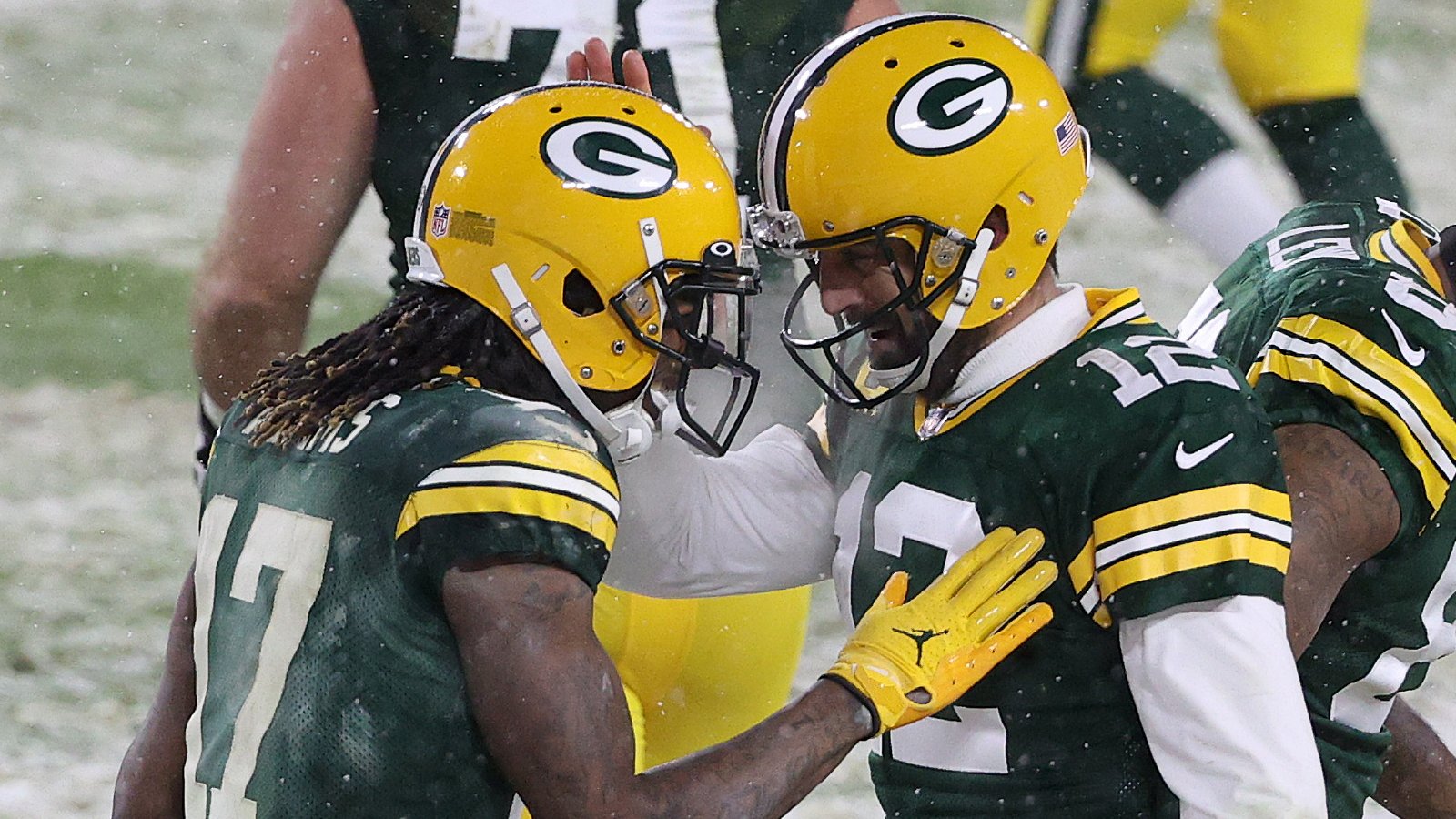
Let’s take a recent signee, Davante Adams for instance, to make it a bit more tangible. Adams wanted a new contract with his former team, those same Green Bay Packers who gave Rodgers a new deal, but the squad did not want to pay him what he was asking for, which was a record-setting contract for a wide receiver. The Packers traded him to the Las Vegas Raiders, who were happy and willing to offer Adams the contract that grabbed headlines and made him the highest-paid wide receiver in the game. The announcement for the contract is five years, $142.5 million dollars, which equals $28.5 million annually.
However, the contract includes only (we use that term lightly) $67.5 million in fully guaranteed money. So in reality, once the Raiders have paid Adams $67.5 million, however that shakes out, they no longer technically owe Adams anything and could look at releasing him. This is how players are cut before their full contract runs its course. Let’s look at that annual average value again.
The amount announced puts him $1 million above the previous record holder for a wide receiver, DeAndre Hopkins of the Arizona Cardinals, who makes $27.5 million annually. This means that Adams got his wish in being able to say he is the highest-paid wide receiver, per annual value. And yet, Adams likely (definitely) has a signing bonus, which could be paid all at once or spread out over the five years of the contract in any way, shape or form.
Luckily for us, we have the details of the deal, so let’s play it out hypothetically to understand where the dead money fits in and how it can help a team out. Adams will not, in fact, make $28.5 million annually. He will actually only make that amount (or more) in two years of the deal, with the other years far below it.
Breaking it down in reality
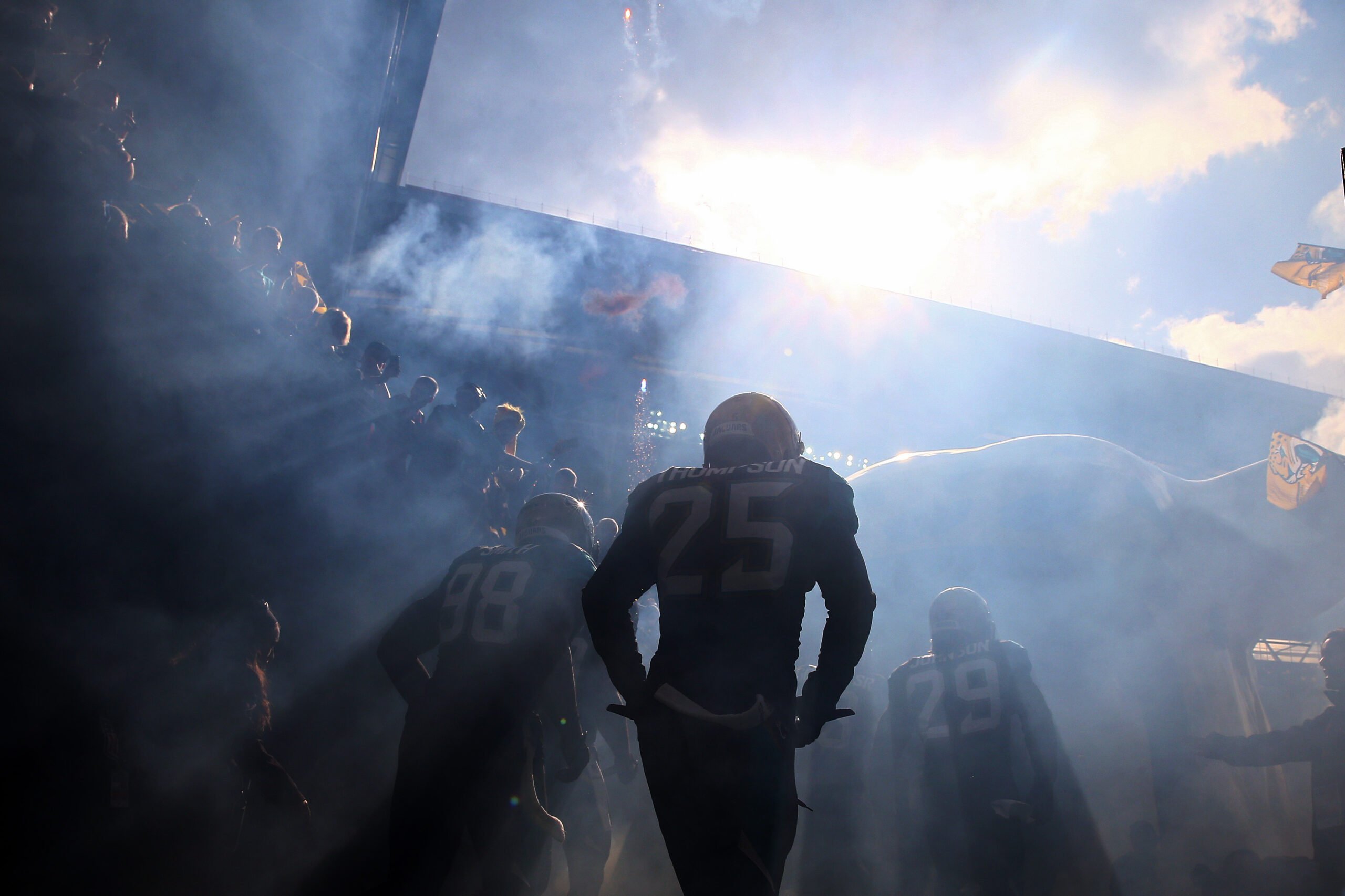
Let’s go step by step here. Adams’ contract is for all intents and purposes just over $140 million over five years, as there are Pro Bowl bonuses in there and he would have to make it all five years of the deal to reach the maximum amount. Almost definitely, Adams will not be on this contract for a full five years. Here’s why, and I promise, we’re getting to that lovely dead money.
He received a signing bonus of $19.25 million total and was guaranteed $22.75 at signing, meaning he got that figure the moment he signed the contract earlier in 2022. This comes by way of his first-year salary, which is only $3.5 million for 2022. Adams also gets a roster bonus ($470,576), a workout bonus ($100,000), and a miscellaneous amount probably for other incentives, benchmarks, or showing up for some team trainings ($250,000).
As reported by Pro Football Talk’s Mike Florio, the contract, practically speaking, is a three-year, $67.5 million deal. That’s because he is fully guaranteed only $67.5, the rest is not guaranteed and is based on roster incentives, as in Adams still being on the Raiders’ roster on a certain date to trigger another payment. If he were cut before that date, or a new deal was renegotiated, then that would make those points moot.
About that roster bonus — if Adams is on the roster in 2023, he gets $20 million more guaranteed, then he makes a base salary of just $6.03 million in 2023. The next year, that base salary is $16.89 guaranteed if he is on the roster. After those three years, we are at $65.67 million guaranteed, without other bonuses and such factored in, at which point Las Vegas could simply release Adams and not owe him another dollar. That means his real contract is set at a base of $21.89 million average annually.
Still with us? Super.
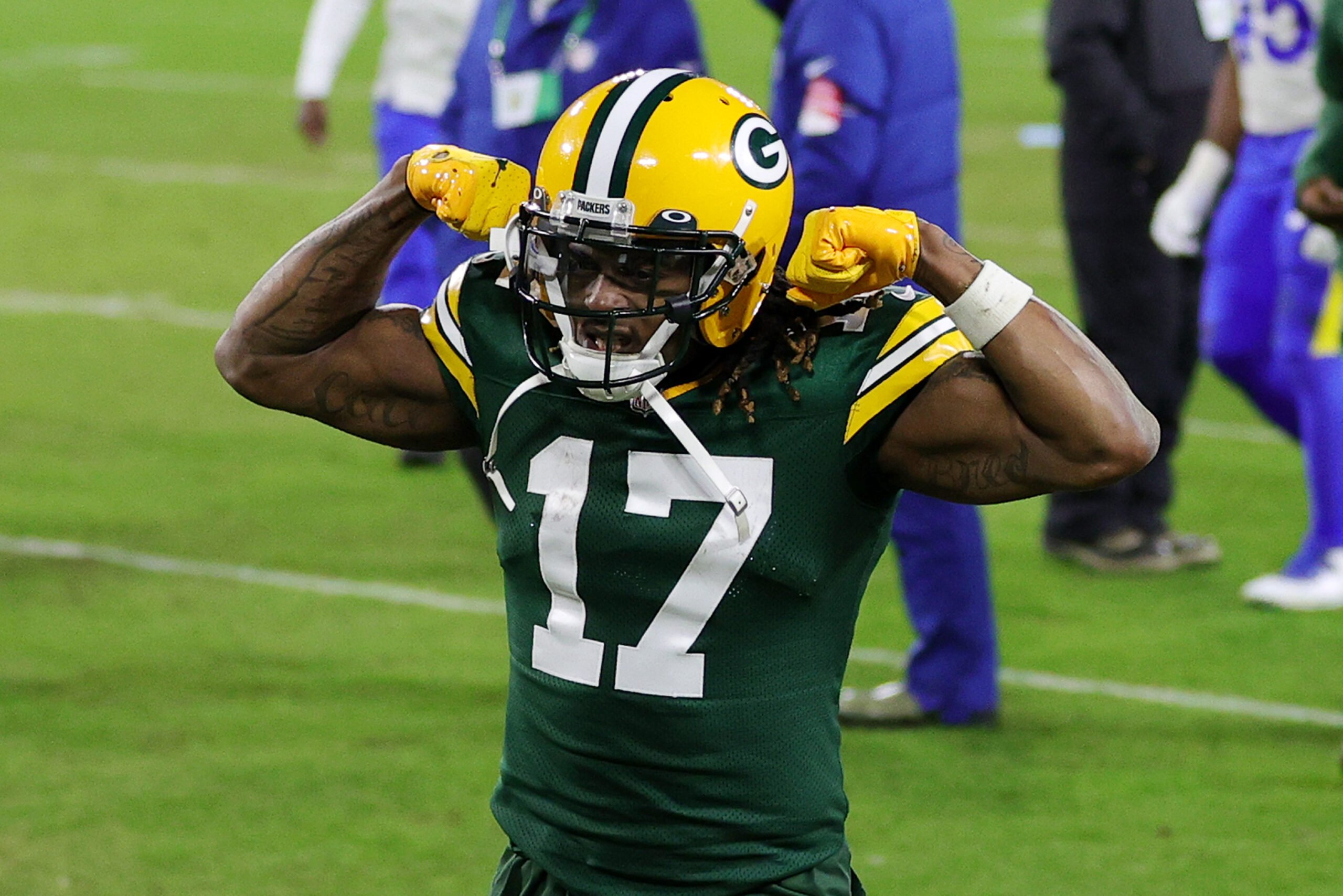
Adams’ base salary the next two years is at $35.64 million for 2025 and $35.65 million in 2026. We don’t like to bet, but we’d bet $35 million (if we had it) that Adams will not be collecting those two paychecks. By then, a new deal with Las Vegas will be worked out, or he’ll be playing on another team (that’s kind of how he got to the Raiders in the first place from Green Bay, but that’s another story).
It’s even reported that Green Bay offered the same contract, but, aside from any personal feelings or resentments, the contract is not the exact same because of lovely state taxes. Nevada has no state taxes, whereas Wisconsin has a rate of 7.65 cents per dollar, meaning Adams would have made less (about $5 million over three years, which matters to these guys and probably anyone, as that’s a lot of money) playing for Green Bay.
Dead money
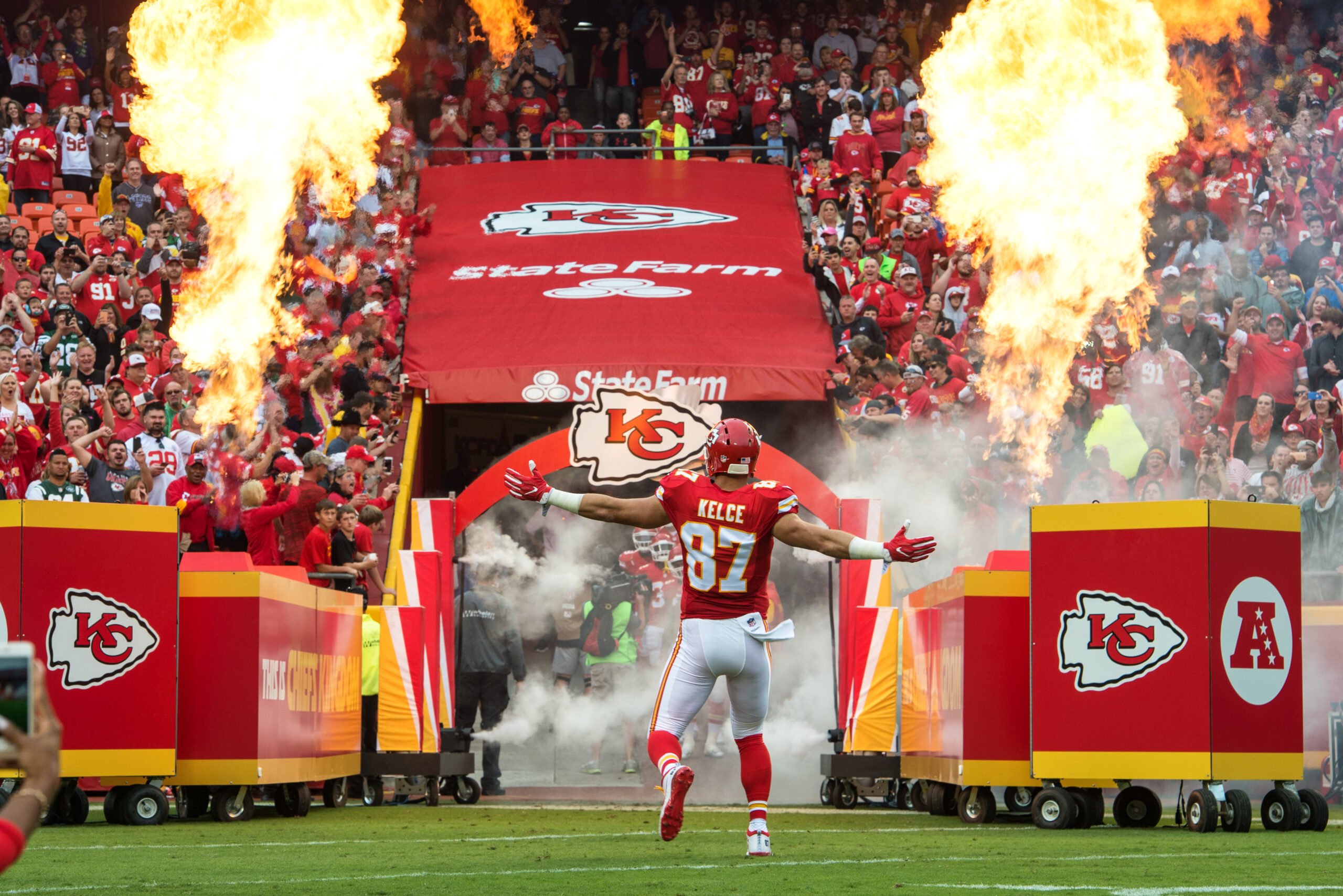
We’ve worked through the real deal Adams received and how much he will make per year. Now let’s look at the way it affects the salary cap.
Adams’ cap hit in 2022 will be $8,170,576. But didn’t we just say he would earn $22.75 million in 2022? Indeed, and this is where the fun starts. Teams are all about saving money, even if they act like they’re just lighting it on fire sometimes. This is considered the dead cap hit, because only the base salary along with the signing bonus and other bonuses count toward the salary cap.
But didn’t we also say that Adams got a signing bonus of $19.25 million? And it was all due upon signing? Indeed again! Thanks to accounting, the Raiders are able to effectively spread out the cap hit over the five years of the contract, making it worth $3.85 annually. So the base salary ($3.5) plus the signing bonus ($3.85), plus the roster, workout, and miscellaneous bonuses ($820,576) all add up to the cap hit, the roughly $8.1 million mentioned above.
The actuality is the dead cap amount, and as the contract goes on, this is where it become beneficial to teams to work contracts this way, because the Raiders have money to use elsewhere by making Adams first-year cap hit relatively low. The next year of the deal the cap hit spikes up to roughly $30.5 million because of that $20.5 million roster bonus. In theory, Las Vegas could cut Adams before that roster bonus comes due, as Adams is guaranteed the rest of the $42.92 million in March 2023, but they would be losing one of the best receivers in the game, and it would essentially be a huge sunk cost considering the draft capital they gave up to trade for Adams.
Assuming he hits that mark in March 2023, the dead cap amount is $15.4 million for 2023. Then, in 2024, Adams’ cap hit is $21.34 million with a dead cap hit of $11.55 million. After this point, this is where the Raiders will save enormous money by not paying Adams in 2024. He would be set to make $35.65 million in base salary, plus the bonuses, and it’s a cap hit of $40.09 million for 2025, which would eat up a lot of the cap, not to mention Adams would be a 33-year-old receiver at that point.
The dead cap amount would only be $7.7 million, though, meaning that although they would take a hit in that amount, they would effectively save $32.39 million in cap money by cutting Adams (or reworking his deal). We get that amount by looking at what his cap number is over the three years, and what he was guaranteed:
- Actually paid in first three years = $67,510,000
- Cap hits over three years = $60,030,576
- Dead money, or money still technically owed = approximately $7,479,424*
The great website spotrac.com, as well as overthecap.com, along with other sources, calculate the dead cap hit in 2025 at $7.7 million, and they are experts, and there are likely deeper numbers, calculations, and logistics that are frankly beyond my grasp, but hey, we came close!)
Here it is explained in table form by those two sites.
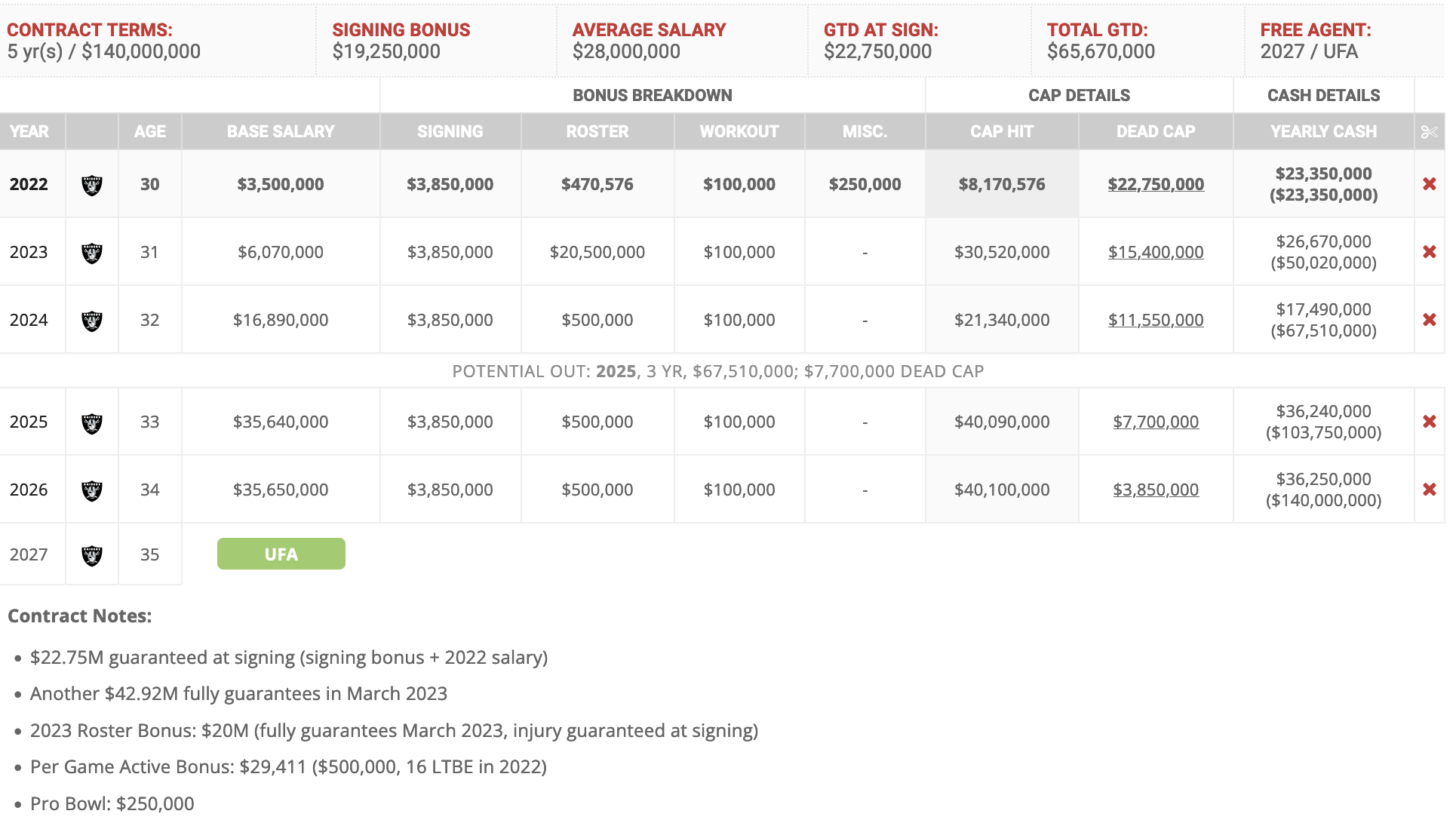
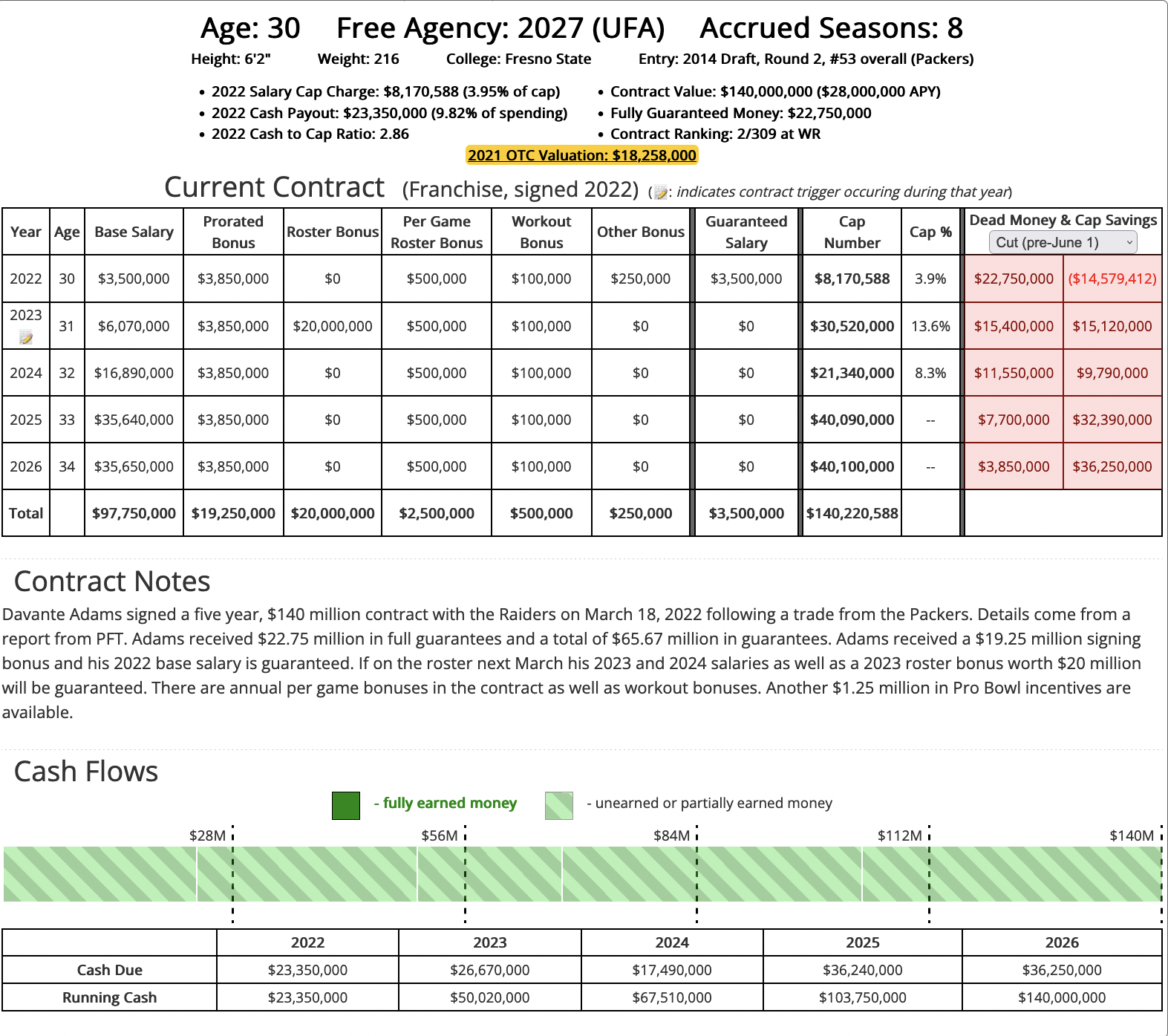
What does it all mean?

This all means that the Raiders could cut Adams theoretically before the 2025 season and not owe him any more money. However, they would still have to pay that dead money amount to the salary cap in 2025, so they would be paying money on their salary cap for a player not even on the roster anymore.
Teams do this, though, because as you can see, the dead money amount is far less than the cap hit they would incur by keeping Adams for 2025 (the $40.09 million base plus bonuses), giving us the cap savings amount of $32.39 million mentioned above, money that the Raiders could use to pay other players or even a lesser amount to Adams. The question is, do the Raiders want to pay Adams roughly $40 million in 2025, or do they want to take the dead money cap hit of $7.7 million, then use the rest of that $32.39 million on other players?
Of course, this is just one player. Imagine a roster full of these logistics, and the Raiders could use more cap trickery and structuring on new players’ deals to sign a bunch of players that year with that $32.39 while pushing the money owed and dead money situations down the road.
The most notorious and widely mentioned situation for this was the New Orleans Saints during Drew Brees’ time there (feel free to read Saints Wire or any other site’s coverage of that mess). They continued to restructure his and other deals to push the money owed down the road so they could sign players in the current time to keep competing, all the while knowing that eventually, they would be in a deep hole to try and work their way out of.
There you go, dead money in the NFL, totally explained in an almost-simple way!

